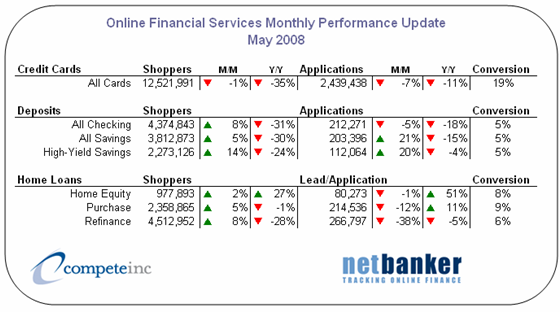 Lending Club filed an amended S1 statement, a positive sign that it is moving through the registration process in a timely fashion.
Lending Club filed an amended S1 statement, a positive sign that it is moving through the registration process in a timely fashion.
As we noted here after reading the original S1, Lending Club has indeed added a secondary marketing piece to its business plan. Holders of its notes (aka individual lenders), will be able to sell their Lending Club loans through a market run by an undisclosed third party.
Here's the pertinent section from pp. 50-51 of the August 1 S1 (note: the name of the partnering broker-dealer is not disclosed; hence, the blank space below):
Trading System
Lender members may not transfer their Notes except through the resale trading system operated by , a registered broker-dealer. This trading system is an Internet-based trading system on which Lending Club lender members who establish a brokerage relationship with the registered broker-dealer operating the trading system may offer their Notes for sale. In this section, we refer to lender members who have established such brokerage relationships as “subscribers.”Subscribers may post orders to sell their Notes on the trading system at prices established by the subscriber. Other subscribers will have the opportunity to view these prices, along with historical information from the original loan posting for the member loan corresponding to the Note, an updated credit score range of the borrower member and the payment history for the Note.
I skimmed the updated S1 and didn't see anything else particularly noteworthy. Another blogger, Doughroller.net, noted that the company is adding more credit factors to its loan-pricing model. You can see the new formulas in the S1 filing (pp. 36-38).






























